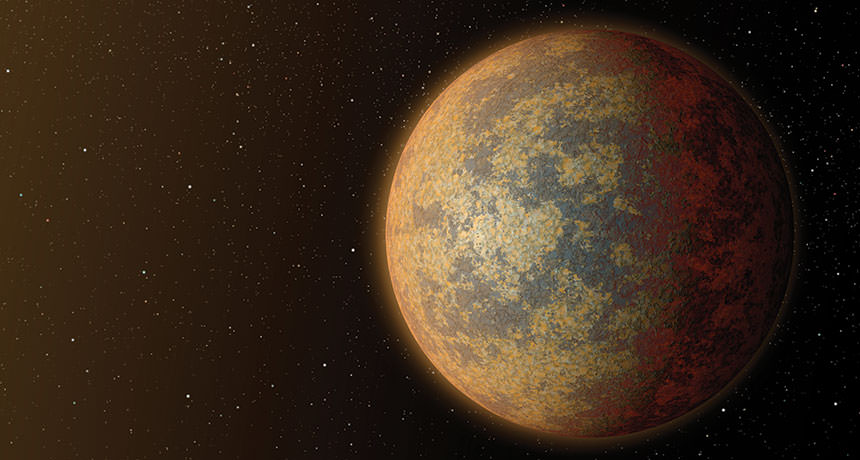We thought we understood how big rocky planets can get. But most of our understanding of planetary formation and solar system development has come from direct observation of our own Solar System. We simply couldn’t see any others, and we had no way of knowing how typical—or how strange—our own Solar System might be.
But thanks to the Kepler Spacecraft, and it’s ability to observe and collect data from other, distant, solar systems, we’ve found a rocky planet that’s bigger than we thought one could be. The planet, called BD+20594b, is half the diameter of Neptune, and composed entirely of rock.
The planet, whose existence was reported on January 28 at arXiv.org by astrophysicist Nestor Espinoza and his colleagues at the Pontifical Catholic University of Chile in Santiago, is over 500 light years away, in the constellation Aries.
BD+20594b is about 16 times as massive as Earth and half the diameter of Neptune. Its density is about 8 grams per cubic centimeter. It was first discovered in 2015 as it passed in between Kepler and its host star. Like a lot of discoveries, a little luck was involved. BD+20594b’s host star is exceptionally bright, which allowed more detailed observations than most exoplanets.
The discovery of BD+20594b is important for a couple of reasons: First, it shows us that there’s more going on in planetary formation than we thought. There’s more variety in planetary composition than we could’ve known from looking at our own Solar System. Second, comparing BD+20594b to other similar planets, like Kepler 10c—a previous candidate for largest rocky planet—gives astrophysicists an excellent laboratory for testing out our planet formation theories.
It also highlights the continuing importance of the Kepler mission, which started off just confirming the existence of exoplanets, and showing us how common they are. But with discoveries like this, Kepler is flexing its muscle, and starting to show us how our understanding of planetary formation is not as complete as we may have thought.


The local stars near us is not yet fully explored. How can we even say we know everything about our own Galaxy and it’s evolution? We can’t proclaim us to know about anything for certain besides this galaxy is a very big place.